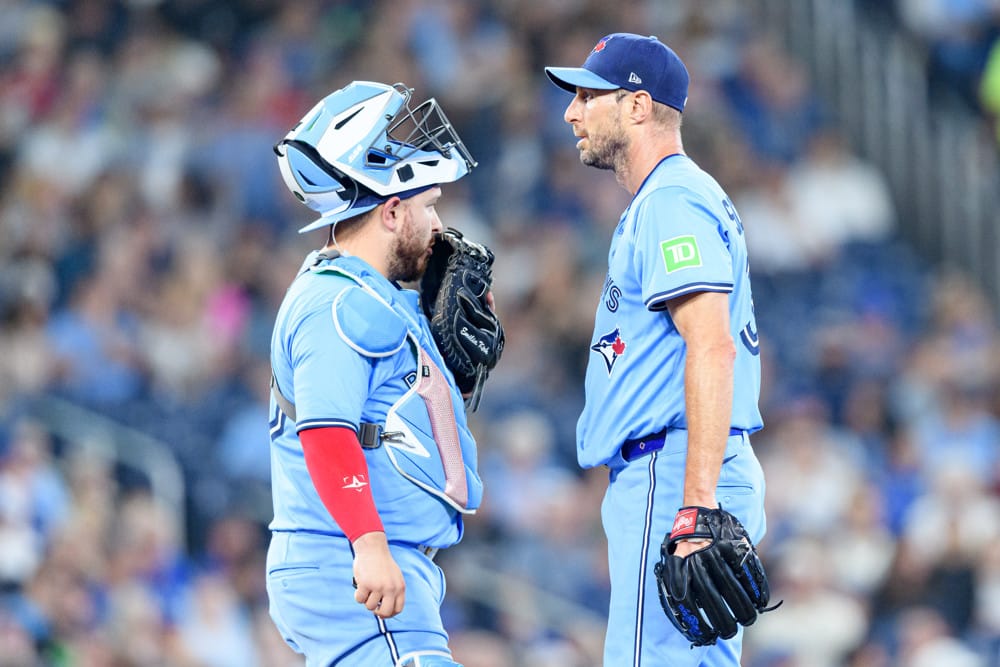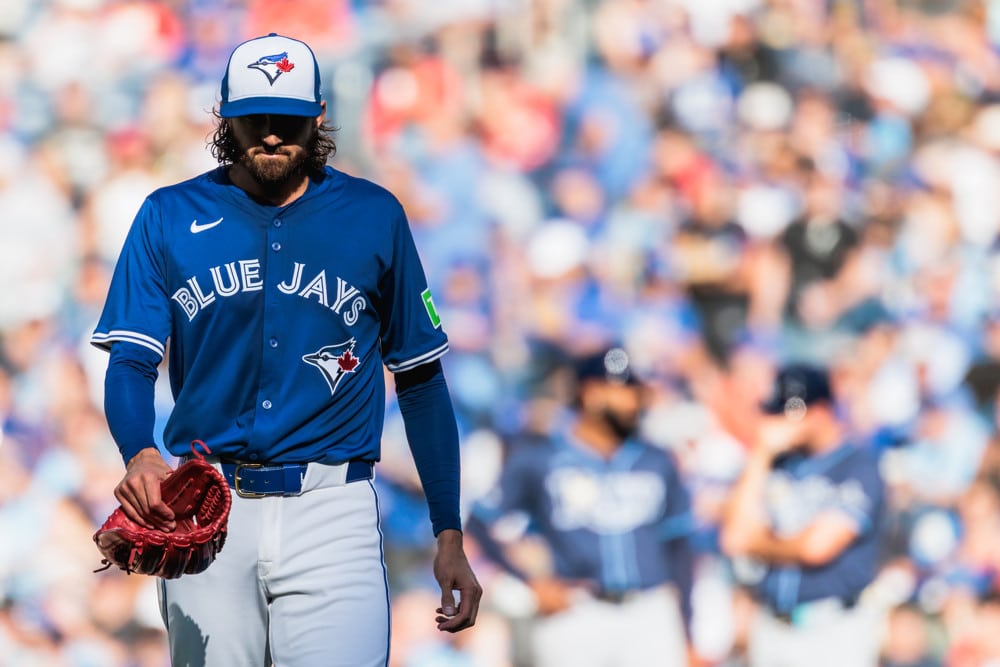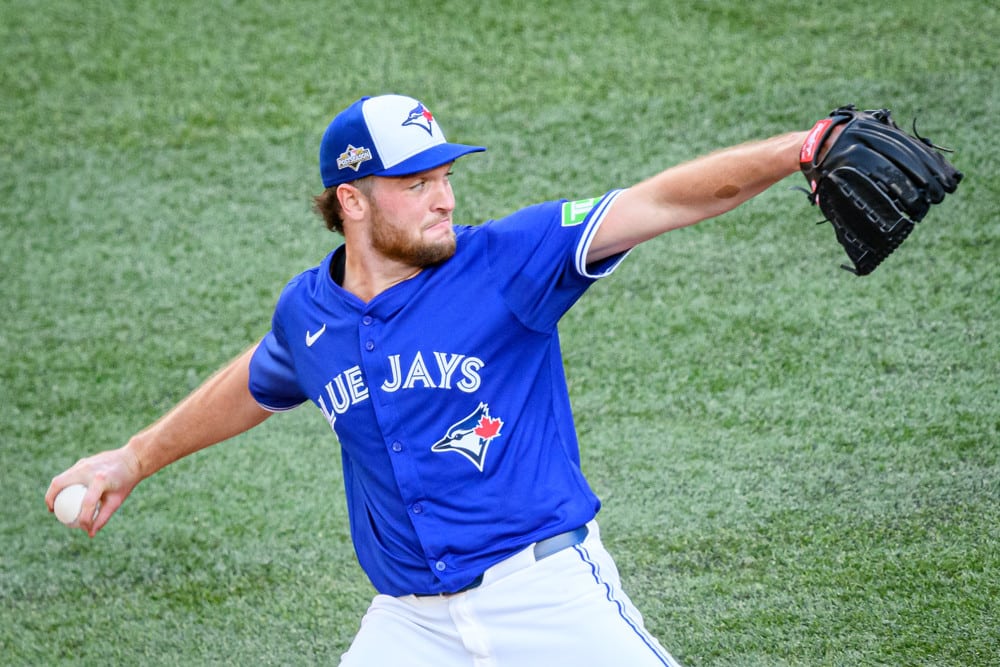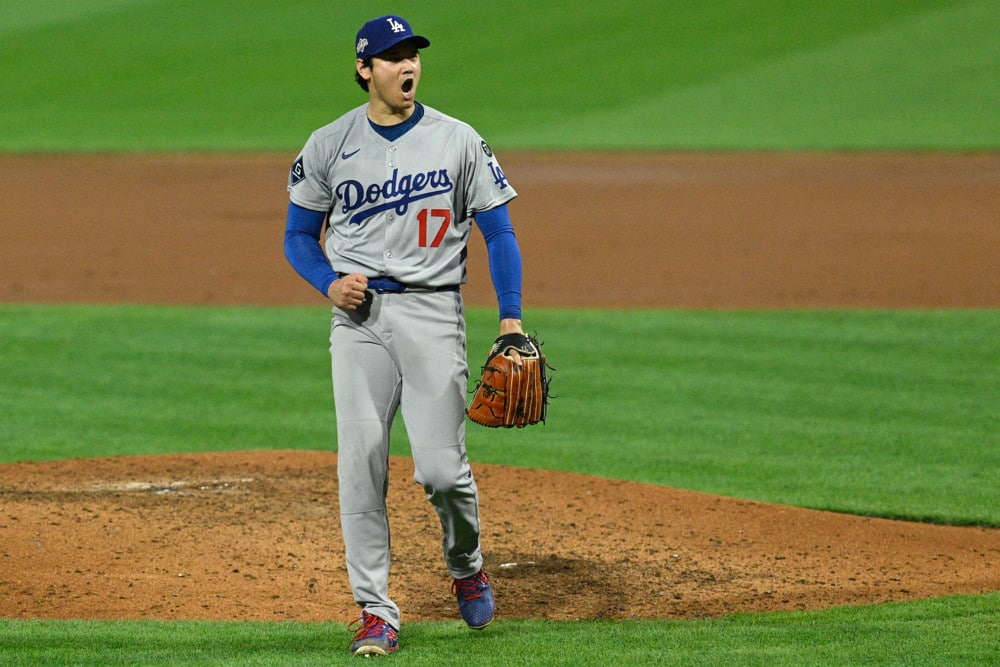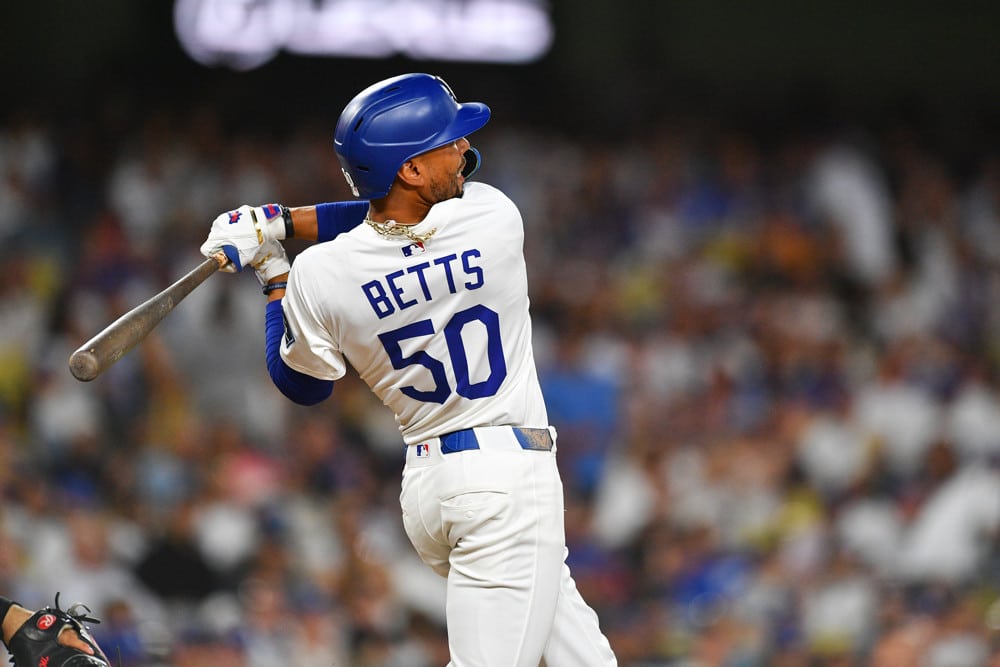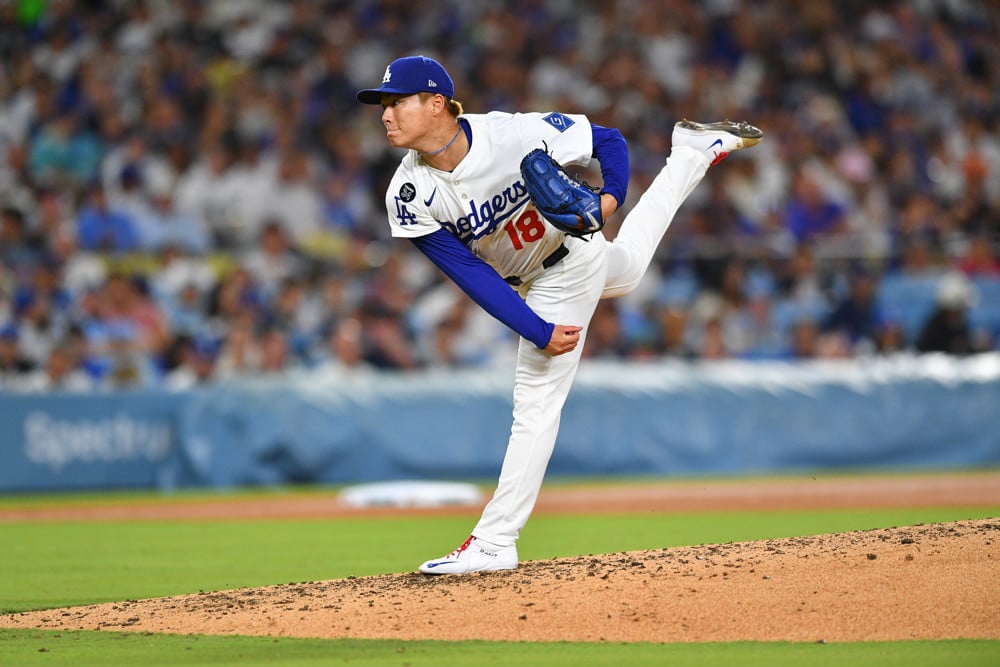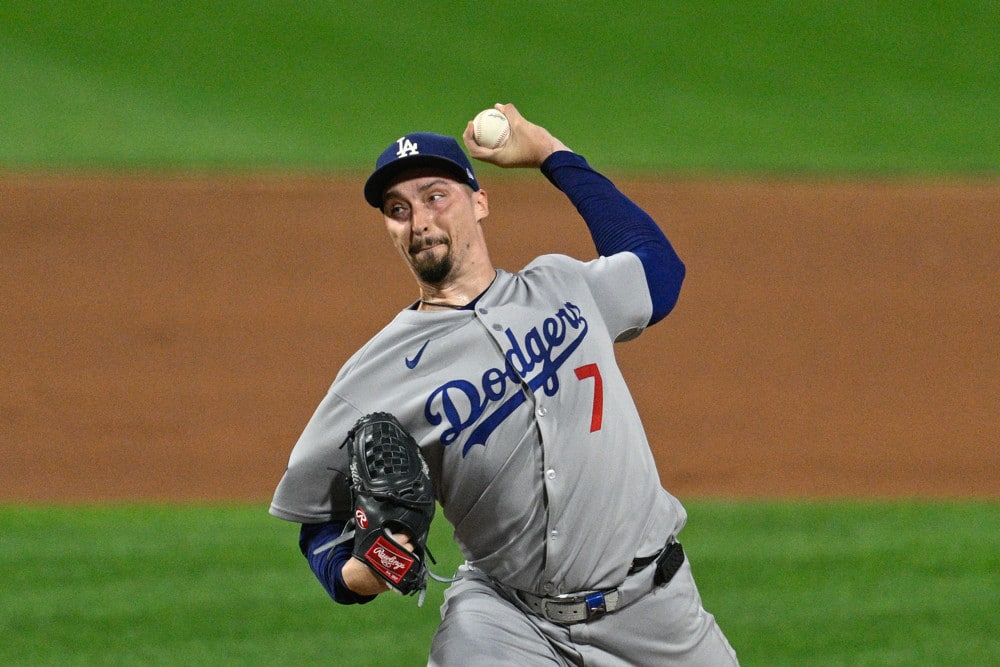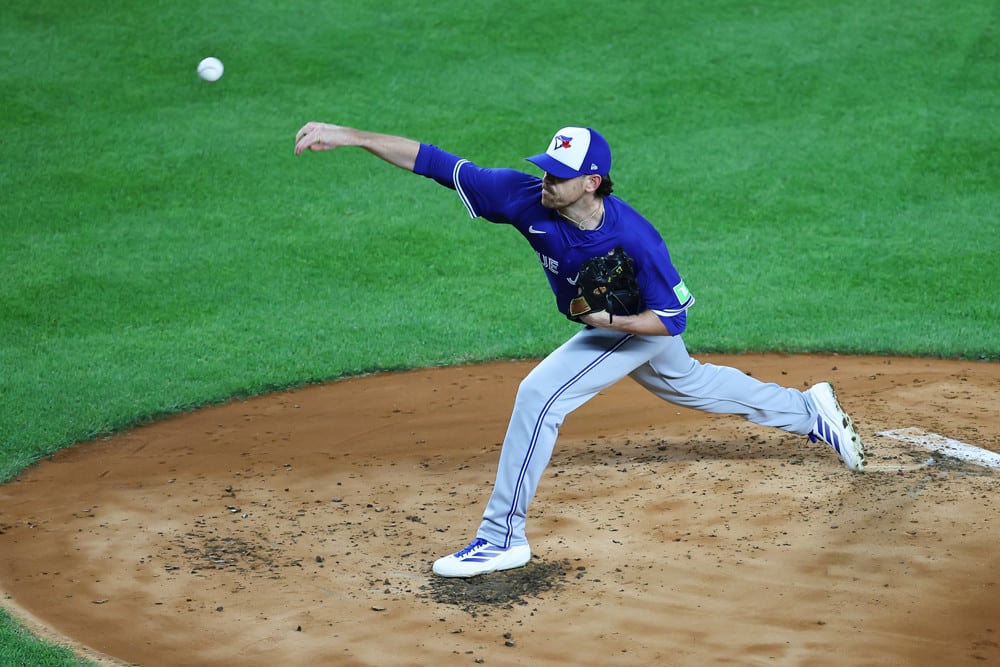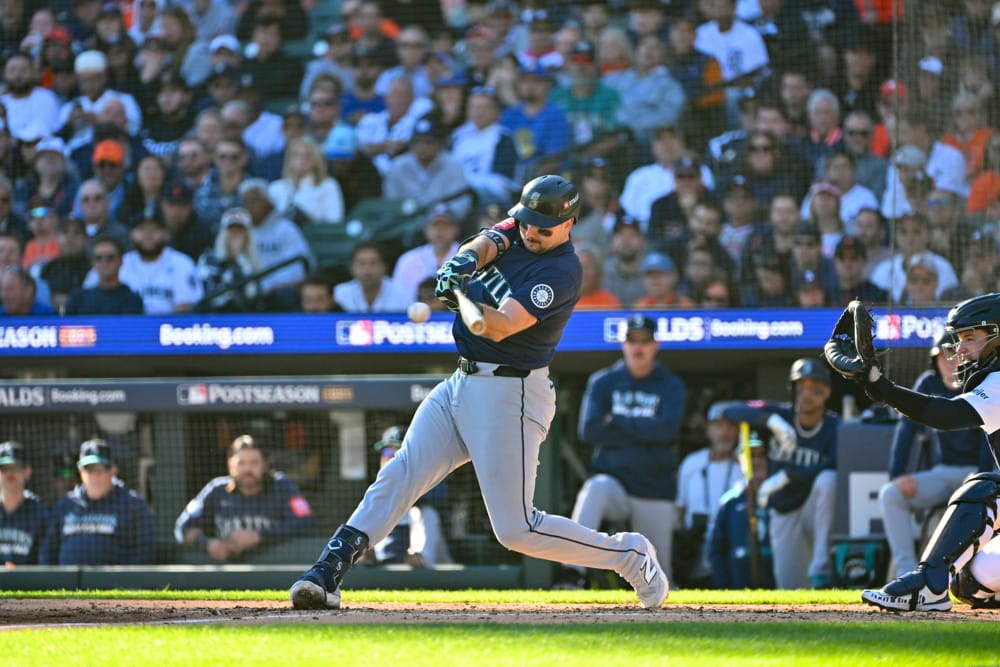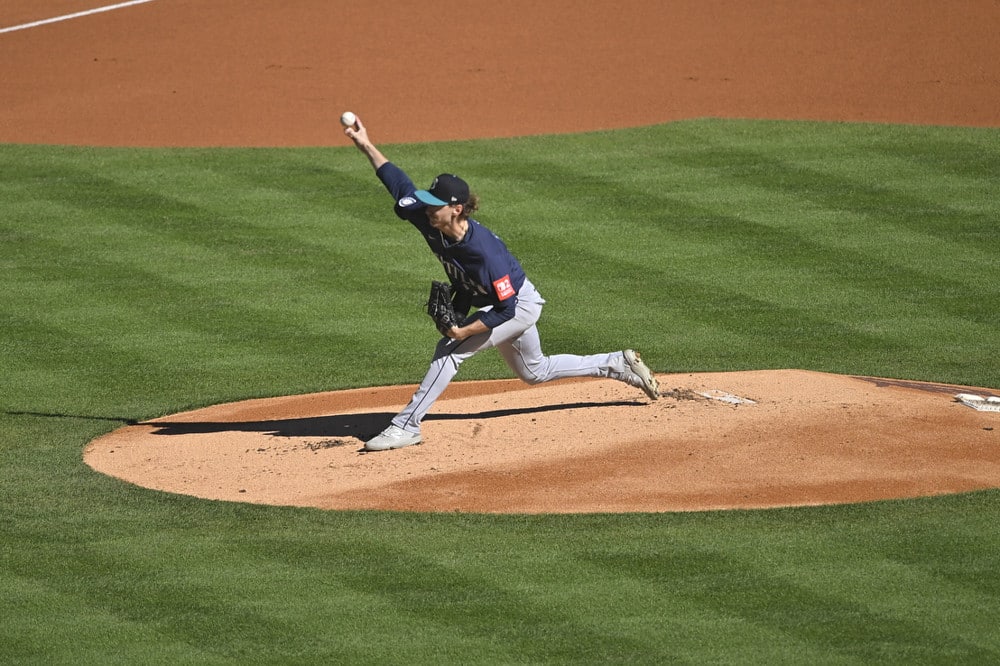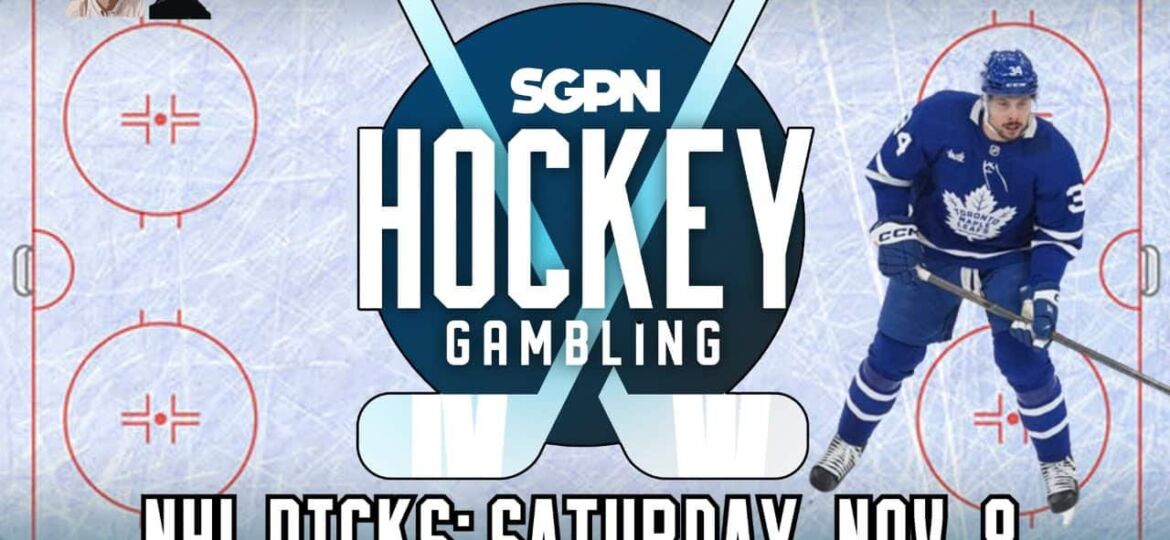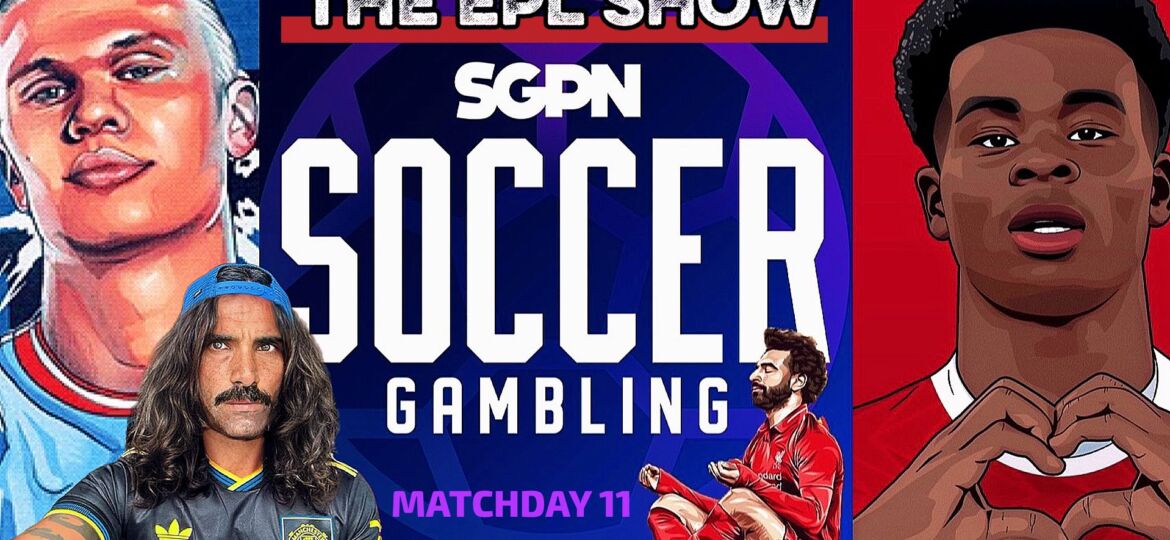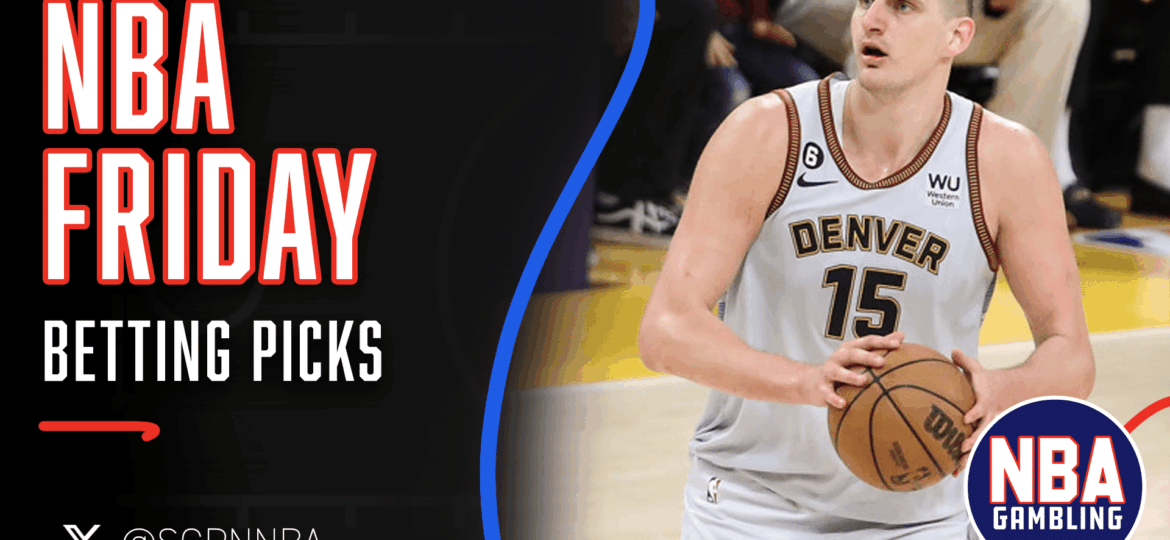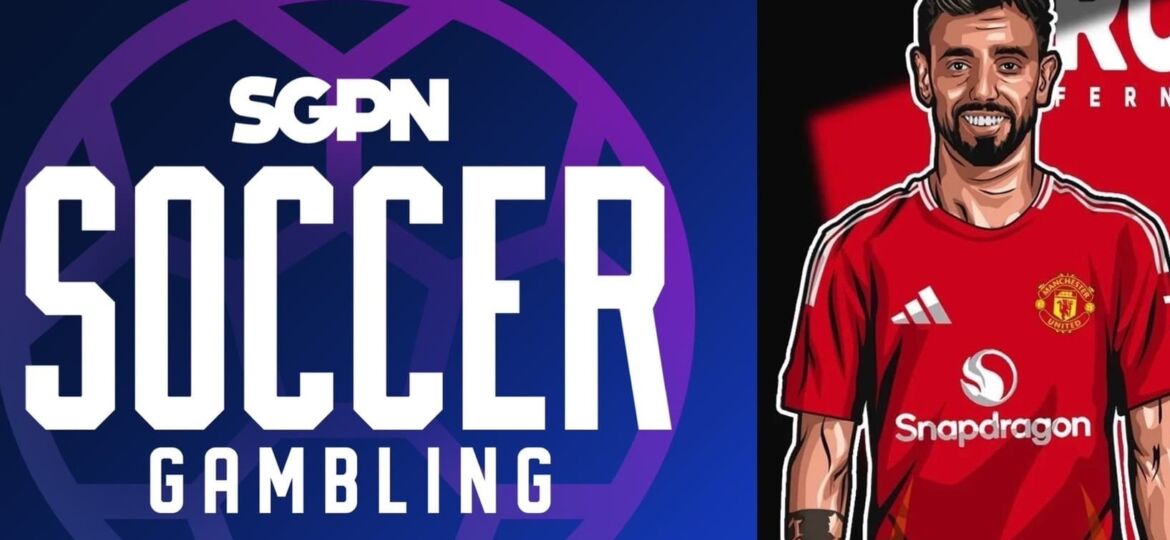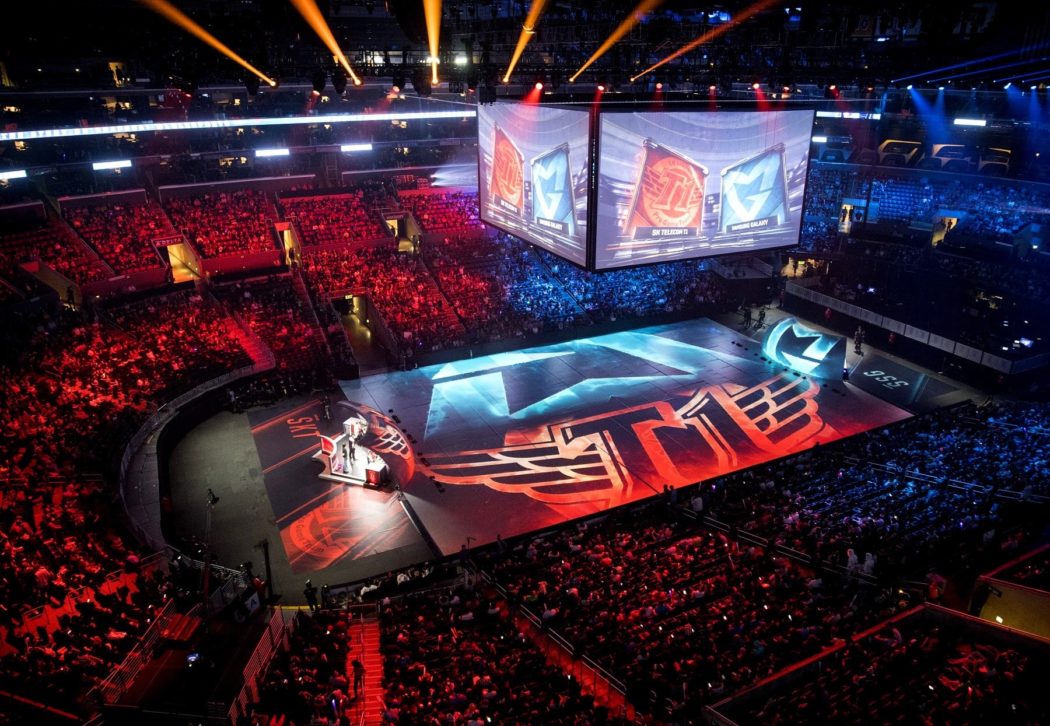
Esports pros are now considered athletes in many respects. They train daily, follow strict routines, and even work with coaches and psychologists. The rise of competitive gaming has blurred the lines between physical and digital competition. As part of this evolution, new platforms and content ecosystems are emerging. One such example is Avia Master, integrating entertainment into this broader space.
Audience Crossover and Engagement
Esports and traditional sports attract large, dedicated audiences, and there’s growing overlap between them. Many fans of esports also enjoy football or basketball, while younger sports fans engage with gaming content on Twitch and YouTube.
This crossover reflects changing content preferences. People now look for action-packed, skill-driven entertainment with strong communities. Esports delivers that, often replicating the energy of live stadium events.
Key shared traits between the two audiences include:
- Age demographics: A majority fall within the 18–35 age group.
- Digital engagement: Both thrive on platforms like YouTube and TikTok.
- Merchandise culture: Apparel and branding play big roles in fan identity.
As a result, brands are investing in both scenes. Crossover events and athlete appearances in gaming streams also build mutual respect and break stereotypes.
Physical Training in Esports
Gone are the days when gamers were stereotyped as sedentary. Today’s top esports teams invest in physical conditioning as much as game mechanics. Why? Because reaction times, focus, and endurance depend on a healthy body.
Fitness plays a huge role in esports longevity. Elite players follow routines that might surprise casual fans:
- Daily workouts: Cardio and strength training help maintain energy during long matches.
- Sleep discipline: Good rest improves cognitive performance.
- Ergonomics: Proper gear and posture prevent injuries like carpal tunnel or back strain.
This balance of mental and physical fitness shows how much the esports field has matured. Some organizations even hire former sports trainers to build custom plans.
In addition to the gym, esports professionals often practice mindfulness, stretching routines, and recovery techniques. They need to be in peak form, not just physically, but emotionally, to handle the pressure of top-tier matches.
Team Structure and Strategy
Traditional sports have long benefited from structured roles, analytics, and coaching. Esports is adopting the same approach. Competitive teams today resemble pro sports squads in setup and strategy.
Let’s break down the similarities:
- Coaches and analysts: Like in football or basketball, esports teams study opponents, review replays, and set match tactics.
- Player roles: Just as in a soccer team (defenders, forwards), each player in a game like Dota 2 or Valorant has a fixed role with specialized skills.
- Scouting and recruitment: Talent scouts look for promising players in lower-tier competitions or ranked ladders.
This setup ensures consistent performance. It also helps players avoid burnout and improves team synergy.
In-game leadership is also critical. Shotcallers or captains make real-time decisions that can turn the tide of a match. These roles mirror a quarterback in football or a point guard in basketball—making tactical calls under pressure.
Culture and Shared Values
Sport builds community, loyalty, and identity. Esports does the same. The grind to improve, the highs of victory, the agony of defeat—these emotions are universal. It doesn’t matter whether you’re on a pitch or a digital map.
Esports and sports share:
- Team spirit: Communication, trust, and chemistry are everything.
- Respect for skill: Fans and players admire top-tier performance and dedication.
- Competition: Rivalries and tournaments fuel fan excitement and motivation.
This shared culture explains why traditional sports franchises are buying into esports. NBA teams own esports divisions. Footballers invest in gaming orgs. The synergy is strong and growing.
Fans from both worlds are also finding common ground. Community forums, crossover podcasts, and social media interactions are giving rise to a new hybrid fanbase. They’re not picking one side—they’re celebrating both.
Conclusion
Esports and physical sports aren’t enemies. They’re evolving side-by-side, influencing and borrowing from each other. Their fanbases, training regimens, and business models are increasingly aligned. Instead of drawing lines, today’s players and fans are building bridges.
In the end, it’s not about screens vs. stadiums. It’s about passion, excellence, and the thrill of competition. And no matter the arena, what matters most is the love of the game.


